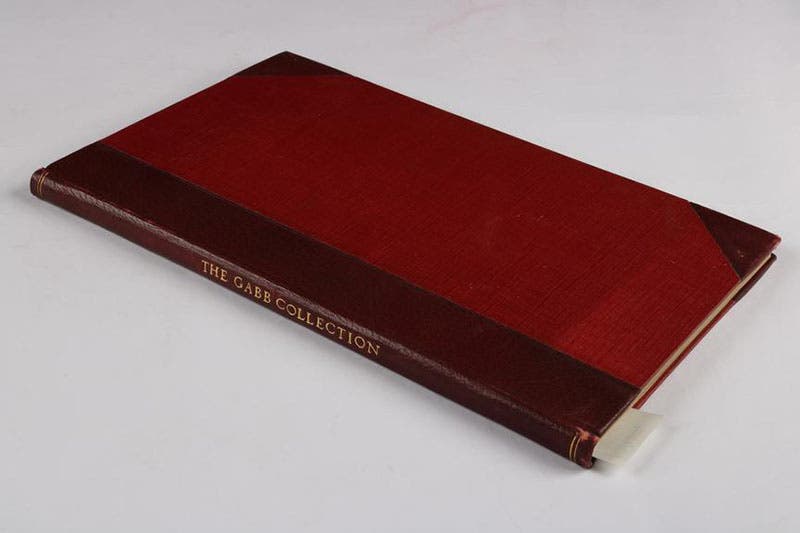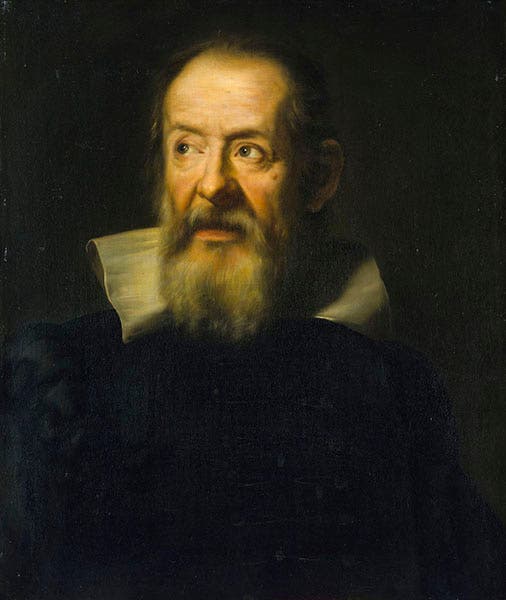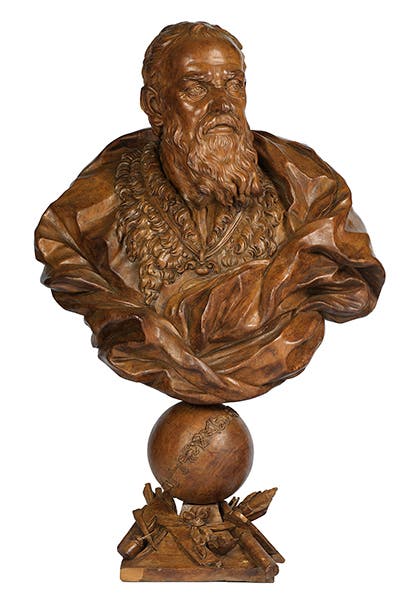Scientist of the Day - George Gabb
George Hugh Gabb, a British collector of scientific instruments, is a mystery man. He died in 1948, but I could find no date of birth or death, or any biographical information at all, except for the story told below. There has to be more. Perhaps some reader can enlighten me.
All we really know for certain about Gabb is that on Mar. 1, 1937, he sold his collection to Sir James Caird, who promptly gave it to the National Maritime Museum (NMM) in Greenwich. Caird was a philanthropist, perhaps the greatest science museum philanthropist ever, and we have published a post on Caird and some of his donations. There is a catalog of the Gabb Collection in the Science Museum, London, dated 1942, but I do not know if that is a catalog of the collection Caird bought, or some other collection that is in the Science Museum. Since we have no portrait of Gabb, or any other relevant image except for the five below, we put a photo of the catalog in the usual place for a portrait (first image).
We are going to talk about the 5 portraits – three paintings and two busts – that Gabb acquired, Caird bought, and the NMM gratefully accepted. All show Galileo Galilei, and together they comprise the greatest collection of Galilean iconography outside Florence.
Two of them are portraits by Justus Sustermans, the great Flemish artist who was court painter to the Medici family in Florence. One portrait shows Galileo looking right at us; it is a Sustermans original, dated about 1640 (second image). The other, in which Galileo gazes upward, is a copy after a Sustermans original of 1636 in the Uffizi in Florence (third image) . Both show Galileo late in life, after his trial and forced abjuration by the Roman Inquisition. The third portrait (fourth image) captures Galileo in the prime of life, when he was not yet 40. It was long thought to be by Tintoretto, and is still called the “Tintoretto portrait,” although it is now attributed to Francesco Apollodoro. If you are giving a lecture about Galileo and the Sidereus nuncius (1610), this is the portrait you show. It is my favorite of them all.
Gabb also collected two busts of Galileo that he sold to Caird. Both are from the 17th century, one in bronze, dating to 1666 (fifth image), and the other carved in pearwood, that dates to around 1700 (sixth image). Both are magnificent.
Presumably some of the astrolabes, armillaries, and other instruments in the NMM came from Gabb, but they are all subsumed now under the label “Caird Collection,” and a search for “Gabb” on the NMM website does not bring up any specific Gabb items except the five Galileo portraits.
If anyone knows any more about Gabb and his collection, please let me know. It would be a pleasant chore to revise and update this entry.
William B. Ashworth, Jr., Consultant for the History of Science, Linda Hall Library and Associate Professor emeritus, Department of History, University of Missouri-Kansas City. Comments or corrections are welcome; please direct to ashworthw@umkc.edu.












